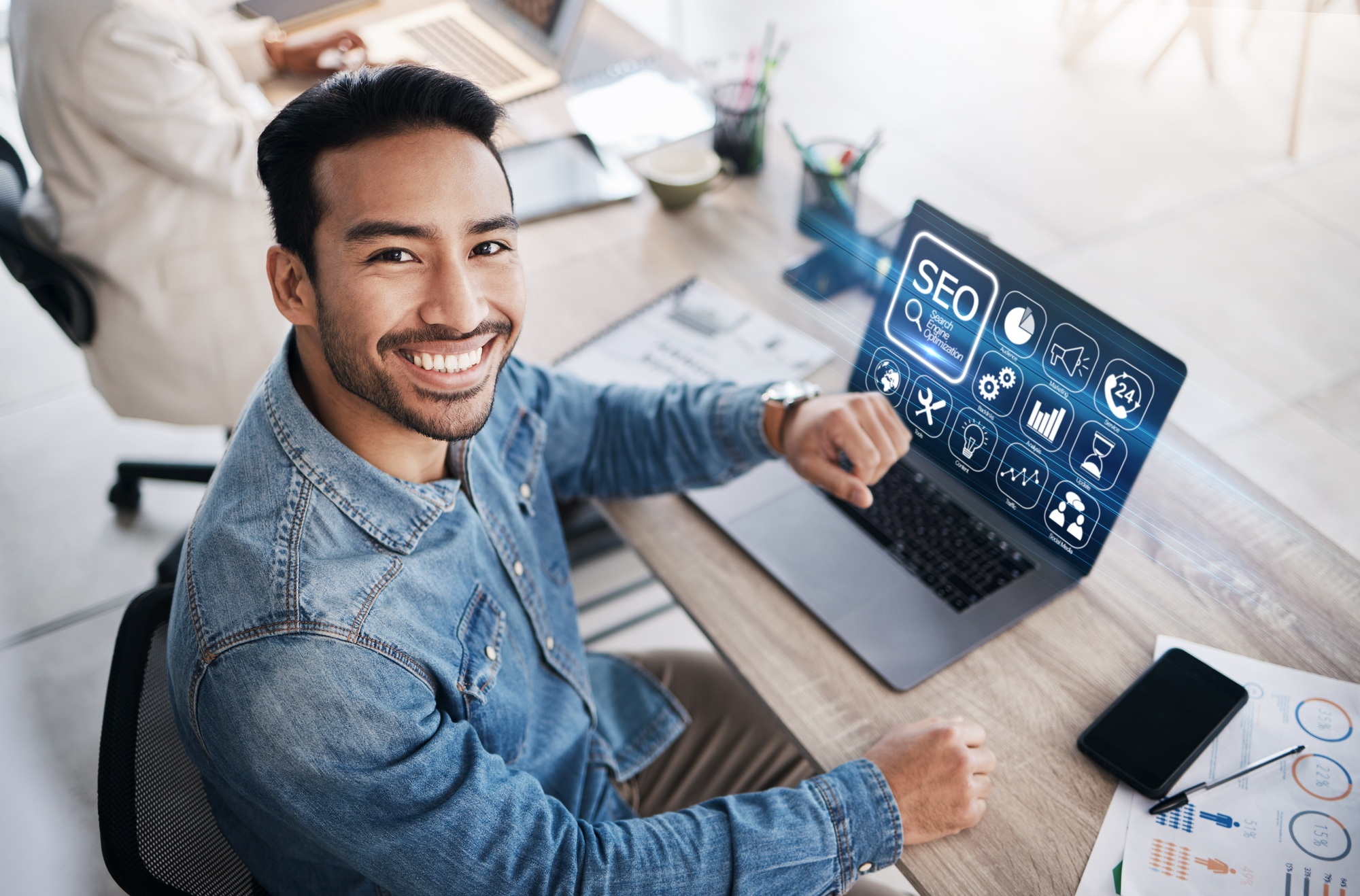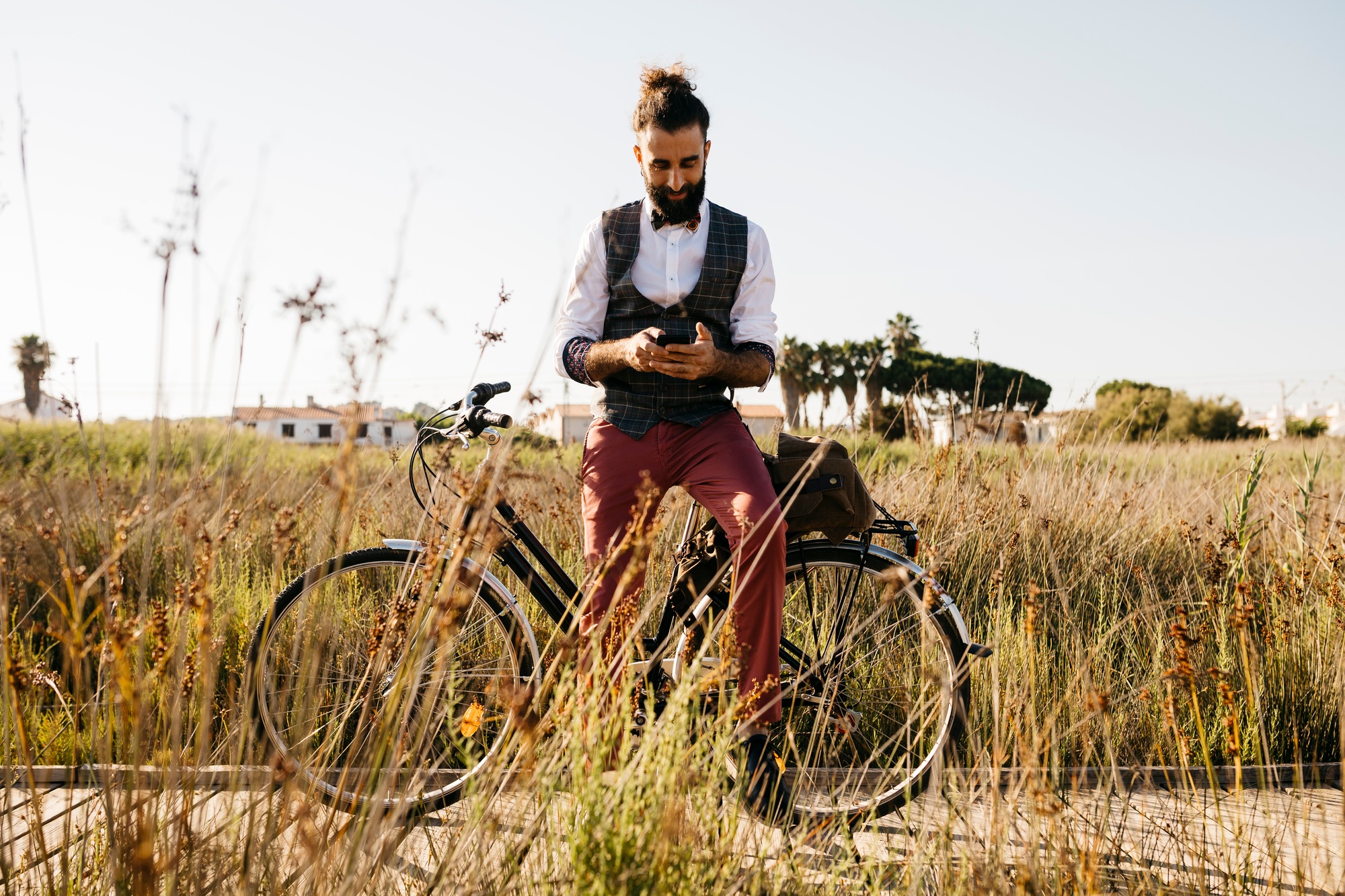
As we age, our skin goes through many changes, including a decrease in collagen production, dryness, and the development of fine lines and wrinkles.
While these are natural parts of the aging process, there are effective ways to slow down the visible signs of aging and keep your skin looking fresh and youthful.
An anti-aging skincare routine doesn’t have to be complicated or filled with countless products. In fact, a simple, well-thought-out regimen can be just as effective—if not more so—than an elaborate one. Here’s how to create a simple anti-aging skincare routine that delivers results without overwhelming you.
1. Start with a Gentle Cleanser
The first step in any skincare routine is cleansing, and this is especially important when you’re looking to fight signs of aging. Your skin can become dull and congested over time, making it more prone to fine lines and wrinkles. A gentle, hydrating cleanser will remove dirt, oil, and makeup without stripping your skin’s natural moisture.
- Choose the Right Cleanser for Your Skin Type: If you have dry or mature skin, opt for a hydrating cream or oil-based cleanser. These cleansers help retain moisture and prevent dryness, which can accentuate fine lines. If you have oily skin, a gel-based or foaming cleanser is ideal for removing excess oil without leaving your skin feeling tight.
- Don’t Over-Cleanse: While it may be tempting to cleanse multiple times a day, over-cleansing can lead to irritation and dryness. Stick to cleansing twice a day—once in the morning to remove sweat and oils, and once at night to remove makeup, sunscreen, and impurities.
2. Incorporate Exfoliation for Cell Renewal
Exfoliation is a key step in fighting signs of aging. As we age, our skin’s natural cell turnover slows down, leading to a build-up of dead skin cells that can make the skin look dull and tired. Exfoliating helps remove these dead cells, allowing fresh, younger-looking skin to surface.
- Choose a Gentle Exfoliant: When it comes to exfoliating, opt for a gentle exfoliant. Physical exfoliants like scrubs with rough particles can irritate the skin and cause microtears, so it’s better to choose chemical exfoliants like AHAs (alpha hydroxy acids) or BHAs (beta hydroxy acids). These acids gently dissolve dead skin cells, revealing smoother, fresher skin.
- Exfoliate 1-3 Times a Week: Over-exfoliation can damage the skin’s barrier and make it more susceptible to irritation. Aim to exfoliate once a week if you have dry or sensitive skin and up to three times a week for oilier skin types.
3. Use a Targeted Serum for Anti-Aging Benefits
Serums are concentrated formulas designed to address specific skin concerns. When it comes to anti-aging, serums packed with ingredients like retinol, Vitamin C, hyaluronic acid, and peptides can help combat the visible signs of aging by stimulating collagen production, brightening dark spots, and hydrating the skin.
- Retinol: Retinol, a derivative of Vitamin A, is one of the most effective anti-aging ingredients. It works by promoting cell turnover and stimulating collagen production, helping reduce the appearance of fine lines, wrinkles, and uneven skin texture. Start with a lower concentration (around 0.25% to 0.5%) to avoid irritation, and gradually increase as your skin builds tolerance.
- Vitamin C: Vitamin C is a potent antioxidant that helps brighten the skin, fade dark spots, and protect against environmental damage. It’s best to apply Vitamin C in the morning to protect your skin from free radical damage caused by sun exposure and pollution.
- Hyaluronic Acid: As we age, our skin loses moisture, leading to dryness and the formation of fine lines. Hyaluronic acid is a humectant that draws moisture into the skin, keeping it plump and hydrated. It also helps smooth out the skin’s surface, giving it a more youthful appearance.
- Peptides: Peptides are amino acids that help build proteins like collagen and elastin, which are essential for keeping the skin firm and elastic. Using a peptide-based serum can help strengthen the skin’s structure, making it look firmer and more lifted over time.
4. Don’t Skip the Moisturizer
Hydration is crucial for maintaining youthful, glowing skin. As we age, our skin’s ability to retain moisture decreases, which can lead to a dull, dry complexion and emphasize fine lines. A good moisturizer will lock in moisture, keep the skin hydrated, and prevent the appearance of dry patches and wrinkles.
- Use a Rich, Nourishing Moisturizer: For an anti-aging routine, choose a moisturizer that provides long-lasting hydration and supports the skin’s natural barrier. Look for moisturizers that contain ingredients like ceramides, glycerin, or fatty acids, which help prevent moisture loss and keep your skin soft and supple.
- Consider a Night Cream: At night, your skin works to repair itself, and using a rich, nourishing night cream can help support this process. Night creams tend to be thicker and more hydrating, which makes them perfect for overnight repair.
5. Always Apply Sunscreen (Every Day!)
UV exposure is one of the leading causes of premature aging. Sun damage accelerates the breakdown of collagen, causes pigmentation changes, and leads to wrinkles. Therefore, sunscreen is an absolute must if you want to keep your skin looking youthful for as long as possible.
- Choose Broad-Spectrum SPF: When selecting a sunscreen, always go for a broad-spectrum option that protects against both UVA and UVB rays. UVA rays penetrate deeper into the skin and contribute to aging, while UVB rays cause sunburn. Look for a sunscreen with at least SPF 30 and apply it every morning, even on cloudy days or when indoors, as UVA rays can still penetrate windows.
- Reapply Sunscreen Throughout the Day: Sunscreen wears off throughout the day, especially if you’re sweating or touching your face. Make sure to reapply every two hours for continuous protection. Consider using a mineral sunscreen or a sunscreen powder for easy reapplication on the go.
6. Incorporate Eye Cream for Delicate Skin
The skin around your eyes is thinner and more delicate than the rest of your face, making it more prone to fine lines and wrinkles. An eye cream designed specifically for this area can help target concerns like puffiness, dark circles, and crow’s feet.
- Look for Eye Creams with Peptides or Retinol: Just like your face serum, eye creams with peptides or retinol can help stimulate collagen production and reduce the appearance of fine lines around the eyes. Hyaluronic acid can also help hydrate this area and reduce puffiness.
- Gently Tap, Don’t Rub: When applying eye cream, use your ring finger to gently tap the product around the orbital bone. Avoid rubbing or pulling at the skin, as this can cause irritation and make fine lines worse.
7. Be Consistent and Patient
Creating an anti-aging skincare routine is just the first step. The key to seeing results is consistency. Anti-aging ingredients, like retinol and Vitamin C, take time to work and produce visible changes. Don’t expect immediate results, but with regular use, you’ll start noticing smoother, more youthful-looking skin in a few weeks or months.
Conclusion
Creating a simple anti-aging skincare routine doesn’t require a cabinet full of products. By focusing on a few key steps—cleansing, exfoliating, using targeted serums, moisturizing, applying sunscreen, and caring for the delicate eye area—you can maintain youthful, glowing skin with minimal effort. Remember, consistency is key.
With patience and the right products, you can slow down the signs of aging and keep your skin looking its best for years to come!












